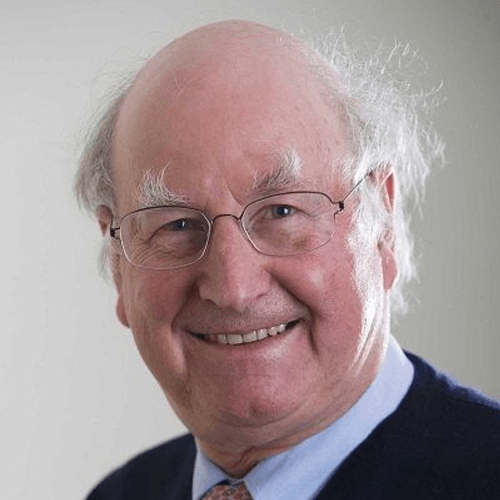
Biography
Personal History
Robert (Bob) Henry Anderson was born in Shropshire, UK in 1942. He is a retired Clinical Cardiac Anatomist but remains involved in research and teaching. Outside work, he enjoys sports, wine and playing the piano.1, 3
Academic History
In 1966, Dr Anderson earned his degree in Medicine from the University of Manchester. His first publications covered cardiac nerves, the conduction system, embryonic heart development, situs inversus and congenital heart malformation.2, 3
Career Overview
Dr Anderson is an expert in the structure of both the normal and the congenitally malformed heart.
After working as a clinician and as a lecturer in anatomy in Manchester and Liverpool, he moved to The Cardiothoracic Institute at The University of London. Initially a British Heart Foundation Senior Research Fellow, he then became Honorary Consultant at The Royal Brompton Hospital London, The Joseph P Levy Professor of Paediatric Cardiac Morphology and the Sub-Dean for Cardiology at The National Heart and Lung Institute in London (1979). In 1999, Dr Anderson moved to Great Ormond Street Hospital and to The Institute of Child Health.2, 3, 4
Dr Anderson has held several other academic positions, including Professorial Fellow at The University of Newcastle upon Tyne, Emeritus Professor at the University of Manchester, Visiting Professor at the Medical University of South Carolina, Visiting Professor at The University of Pittsburgh and Adjunct Professor of Pediatric Cardiology at Baylor College of Medicine in Houston. Over the course of his career, he has published over 700 peer-reviewed papers, edited or co-edited more than 40 books and written more than 260 book chapters.4
He has also delivered many keynote lectures including The Edgar Mannheimer Memorial Lecture of The European Association of Paediatric Cardiologists, The Waterston Lecture at Cardiology in The Young and A Landmark Lecture at The World Congress of Paediatric Cardiology and Cardiac Surgery. He retired in 2007 but now holds professorial and consultant appointments in London, Newcastle, Manchester, Birmingham and Southampton in the UK and Charleston and Houston in the USA.3, 4
Career Timeline
- Present: Visiting Professorial Fellow, Institute of Genetic Medicine, Newcastle University, United Kingdom
- 1999 - 2007: Professor, Cardiology, University College London Institute of Child Health
- 1979 - 1999: Professor, Paediatric Cardiac Morphology, UK National Heart and Lung Institute, London
Areas of Speciality
- Cardiac anatomy
- Cardiac development
Recognitions
- 2017: Honorary Fellow of the European Congenital Heart Surgeon’s Association
- 2019: Honorary Membership of the Congenital Heart Surgeon’s Society of North America
Sources
Articles by Robert H Anderson, MD, FRCPath, Visiting Professorial Fellow
Robert H Anderson, Damián Sánchez-Quintana, Diane E Spicer, et al
Published:
Citation: Arrhythmia & Electrophysiology Review 2024;13:e20.
Demosthenes G Katritsis, Konstantinos C Siontis, Sharad Agarwal, et al
Published:
Citation: Arrhythmia & Electrophysiology Review 2024;13:e12.
Eduardo Back Sternick, Damián Sánchez-Quintana, Hein J Wellens, et al
Published:
Citation: Arrhythmia & Electrophysiology Review 2022;11:e14.
Robert H Anderson, Jill PJM Hikspoors, Justin T Tretter, et al
Published:
Citation: Arrhythmia & Electrophysiology Review 2021;10(4):262–72.
José-Ángel Cabrera, Robert H Anderson, Andreu Porta-Sánchez, et al
Published:
Citation: Arrhythmia & Electrophysiology Review 2021;10(3):181–9.






